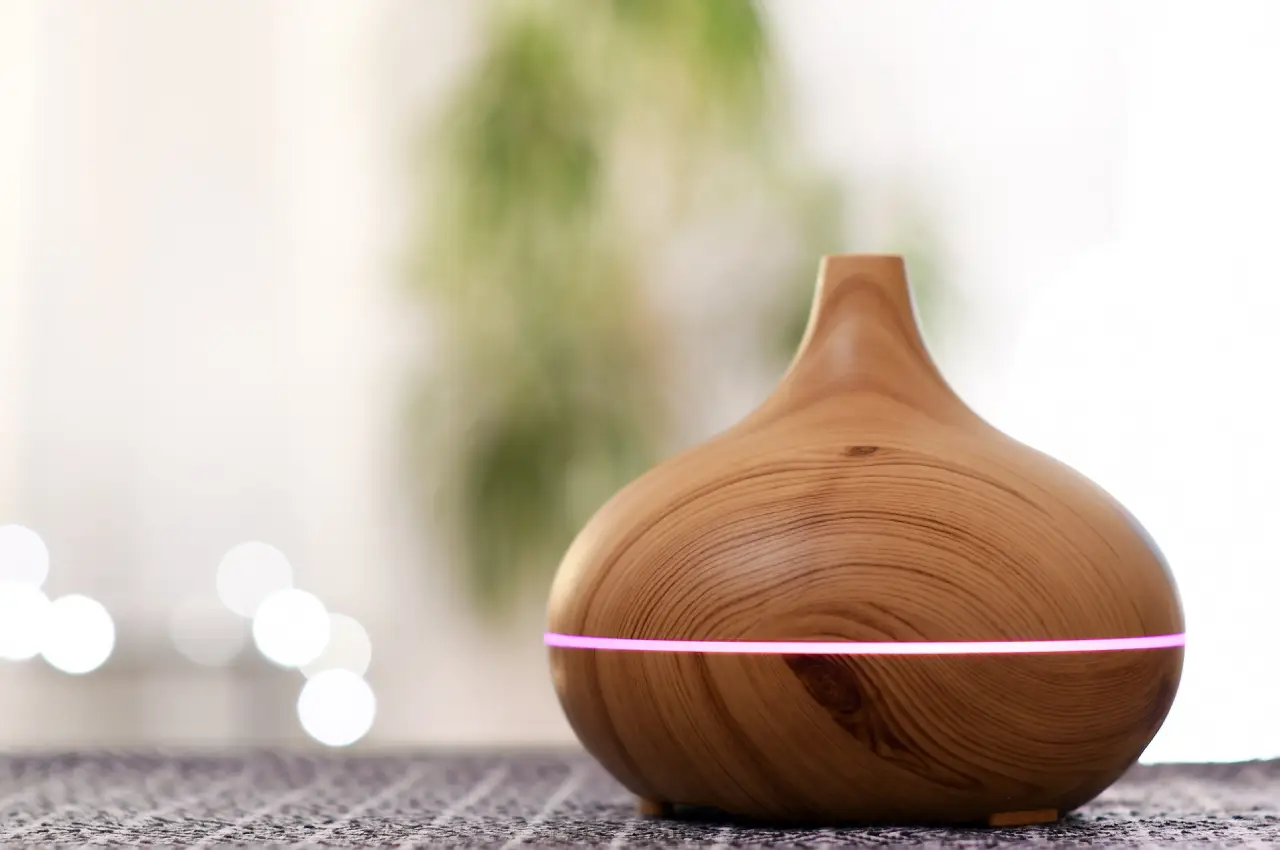
Digital Stationery: Bridging Paper and Pixels
Remember the joy of unboxing a new notebook, the crisp feel of the first page, or the satisfying click of your favorite pen? While traditional stationery has its undeniable charm, the world has rapidly moved towards digital solutions. But what if you could blend the best of both worlds? Digital stationery does precisely that. It’s where the nostalgia of pen and paper meets the innovation of technology, offering an experience that’s both practical and delightful.
What is Digital Stationery?
Digital stationery refers to tools that mimic the experience of using traditional stationery but within a digital environment. Think of apps and devices that allow you to write, draw, or organize your notes electronically, yet with the fluidity of pen on paper. Examples include digital notebooks like GoodNotes or Notability, styluses like the Apple Pencil, and smart notebooks that sync your handwritten notes to the cloud.
Digital stationery isn’t just about replacing paper. It’s about enhancing the way we interact with our thoughts, ideas, and plans. With features like cloud storage, search functions, and the ability to easily share or edit notes, these tools provide a seamless blend of old and new.
The Evolution of Writing: From Quills to Digital Pens
The art of writing has come a long way since the days of quills and parchment. Even the typewriter, once a revolutionary tool, now feels like an ancient relic. However, the evolution didn’t stop with ballpoint pens or spiral notebooks. Today, digital pens paired with tablets or smartphones are the new standard.
One might wonder: Why transition to digital? For one, the ability to correct mistakes with a simple tap or search through hundreds of pages of notes in seconds is invaluable. Furthermore, digital tools reduce the clutter of physical notebooks and the environmental impact of paper waste.
Take the example of Emily, a freelance graphic designer. She used to juggle multiple sketchbooks, each dedicated to a different client. With the advent of digital stationery, Emily now uses a single tablet where she organizes her sketches, client notes, and even final designs. It’s not just about convenience; it’s about staying organized and efficient.
Why Digital Stationery is Gaining Popularity
Digital stationery is more than a passing trend; it’s a solution to modern challenges. As work and study environments become increasingly digital, the need for tools that bridge the gap between traditional and digital becomes more evident. Here are some reasons why digital stationery is becoming a staple:
Environmentally Friendly: Traditional stationery involves paper, which means trees. Digital stationery, on the other hand, reduces the need for paper, thus contributing to environmental conservation.
Space-Saving: Imagine carrying a year’s worth of notes in a device thinner than a magazine. Digital notebooks save physical space, making them ideal for minimalists or those on the go.
Enhanced Functionality: Unlike traditional stationery, digital tools come with features that allow you to do more. Whether it’s organizing notes by tags, syncing across devices, or even converting handwriting to text, the functionality is endless.
Customizable Experience: With digital stationery, you can choose your “paper” type, “pen” style, and even colors without buying multiple products. It’s like having an entire stationery store in your device.
Collaboration Made Easy: In a world where collaboration is key, it allows for seamless sharing and editing of notes. Whether you’re a student working on a group project or a professional in a brainstorming session, everyone stays on the same page—literally.
How to Get Started with Digital Stationery
If you’re intrigued by the idea of digital stationery but don’t know where to start, you’re not alone. The transition can seem daunting, especially if you’re attached to your physical notebooks. However, the switch doesn’t have to be abrupt. Here’s how you can ease into the digital world:
Choose the Right Tools: Start by selecting a digital notebook app that suits your needs. Popular options include GoodNotes, Notability, and Microsoft OneNote. Pair it with a stylus like the Apple Pencil for an authentic writing experience.
Integrate Gradually: You don’t need to abandon paper entirely. Begin by using digital stationery for specific tasks—like meeting notes or brainstorming sessions. Gradually, as you become comfortable, expand its use.
Explore Features: Take time to explore the features of your chosen digital tool. From organizing your notes to setting reminders, these features are designed to make your life easier.
Sync Across Devices: One of the significant advantages of digital stationery is the ability to sync across multiple devices. Ensure your notes are available on your smartphone, tablet, and computer, so you’re always prepared.
Backup Regularly: While digital tools offer incredible convenience, it’s essential to back up your data regularly. Most apps provide cloud backup options, ensuring your notes are safe even if you lose your device.
Digital Stationery in Education
Consider Sarah, a university student majoring in biology. Her courses involve extensive note-taking, diagrams, and revisions. Initially, Sarah was overwhelmed by the sheer volume of material. However, once she switched to digital stationery, her academic life changed.
Using an iPad and GoodNotes, Sarah began organizing her notes by subject, adding diagrams directly into her notes, and even recording lectures to revisit later. The best part? She no longer had to carry heavy textbooks and notebooks. Everything she needed was in one device, accessible anytime, anywhere.
For Sarah, it wasn’t just a convenience—it was a game-changer. It allowed her to study more effectively, stay organized, and reduce the physical burden of carrying multiple books and notebooks.
Bridging the Gap: The Future of Writing
As technology continues to evolve, so does the way we write and organize our thoughts. Digital stationery is more than just a trend; it’s a testament to how technology can enhance our daily lives. Whether you’re a student, a professional, or a creative, these tools offer a way to stay organized, efficient, and environmentally conscious.
But digital stationery isn’t about replacing the traditional; it’s about bridging the gap between the old and the new. It’s about taking the best of both worlds and creating something that fits the demands of modern life.
So, why not give it a try? You might find that it’s the perfect blend of tradition and innovation, offering a writing experience that’s as satisfying as it is practical.
Have you tried digital stationery? Share your experience in the comments below! Let us know your favorite tools and how they’ve changed the way you work or study.





